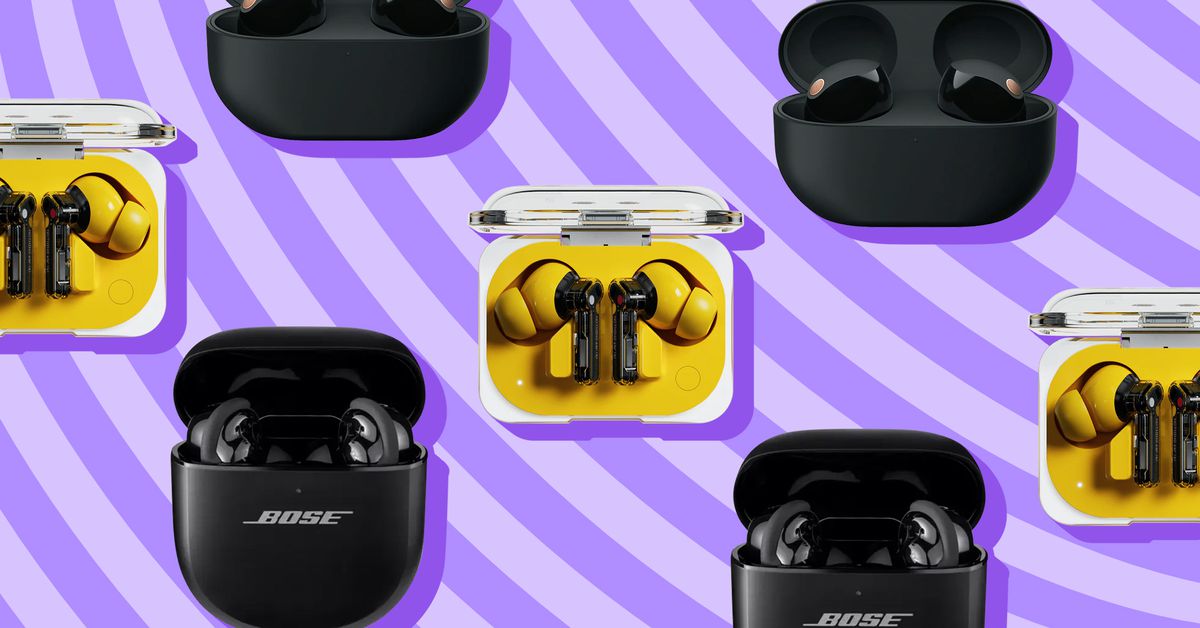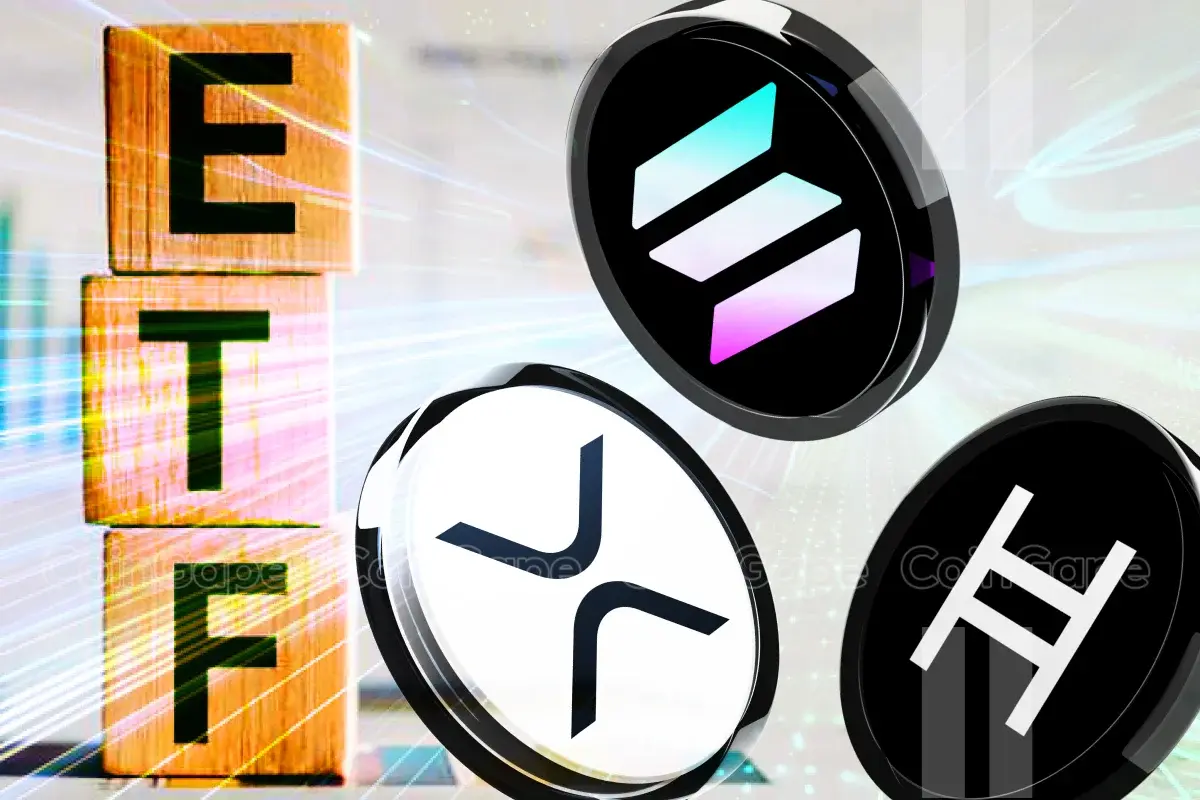
Servo controllers have undergone significant transformations over the decades, reflecting broader technological advancements in automation and control systems. These devices, like the DKC 2.3, are crucial for precise motion control in various applications, have evolved from simple analog mechanisms to highly sophisticated digital systems integrated with cutting-edge technologies like AI and IoT.
The Early Days: Analog Control Systems
The initial servo controllers were analog systems that used manual tunings, such as potentiometers, to control the position, velocity, and torque of motors. These systems were relatively simple, relying on basic electronics to manage motor operations. They required frequent manual adjustments and were limited in terms of precision and functionality. Despite these limitations, analog servo controllers were revolutionary, enabling the first steps toward automated control in manufacturing and robotics.
The Digital Revolution: Rise of Digital Servo Controllers
The introduction of digital technology in the late 20th century marked a significant evolution in servo controller design. Digital servo controllers replaced analog components with microprocessors, allowing for more complex and precise control algorithms. These devices could handle multiple input and output signals, perform complex calculations quickly, and adjust motor parameters with high accuracy.
Digital controllers also introduced the concept of feedback loops using encoders and sensors that monitor the output and continuously adjust the input signals to achieve desired motor behavior. This feedback mechanism was a major advancement, significantly enhancing the accuracy and reliability of servo systems in critical applications such as CNC machining and robotic assembly.
Integration of Software and Programmability
As computing power increased, servo controllers became more programmable and flexible, integrating more seamlessly with software systems. This shift allowed for greater customization of motor control parameters to suit specific tasks and environments, making servo controllers versatile tools in automation.
Programmability also meant that systems could be updated or reconfigured without changing physical components, reducing downtime and maintenance costs. Software interfaces became more user-friendly, enabling engineers and technicians to make adjustments and monitor system performance more easily, further enhancing operational efficiency.
Communication Capabilities and Networked Control
The adoption of communication protocols such as Modbus, CANopen, and Ethernet/IP was another critical development in the evolution of servo controllers. These protocols enabled servo controllers to communicate with other devices and controllers on the network, facilitating coordinated motion control across complex machines and production lines.
Networked control systems allowed for centralized monitoring and management of multiple servo controllers, simplifying the integration of complex automation systems. This connectivity is crucial for implementing advanced manufacturing techniques such as flexible manufacturing systems and just-in-time production.
The Modern Era: Smart Servo Controllers
Today’s servo controllers are embedded with smart capabilities, thanks to advancements in AI, machine learning, and the Internet of Things (IoT). These smart controllers can learn from data, predict system failures, and adapt to changing conditions without human intervention.
For instance, AI-enhanced servo controllers analyze operational data to optimize performance and energy efficiency continuously. They can also predict maintenance needs based on usage patterns and environmental factors, scheduling servicing before failures occur to minimize downtime.
IoT connectivity allows servo controllers to be part of a larger ecosystem of industrial devices, contributing to the Industrial Internet of Things (IIoT). This integration enables comprehensive data analytics and management, improving not only the performance of individual machines but also the overall efficiency of entire production systems.
The Future: Integration with Advanced Robotics and Virtual Systems
Looking forward, the integration of servo controllers with advanced robotics and virtual simulation technologies is set to open new frontiers in automation. Virtual reality (VR) and augmented reality (AR) can be used for real-time simulation and testing of servo-controlled systems, enhancing design and training processes.
Moreover, as collaborative robots (cobots) become more prevalent in manufacturing and service industries, the role of servo controllers in ensuring safe and effective human-robot interaction will become increasingly important. These applications demand even higher precision and real-time responsiveness, pushing the development of even more advanced servo control technologies.
Conclusion
The evolution of servo controllers from simple analog devices to sophisticated digital systems reflects broader trends in technology and automation. Each advancement has not only improved the capabilities of servo controllers but also expanded their applications across industries. As technology continues to advance, servo controllers will remain at the forefront of innovation, driving the future of automated systems with enhanced precision, efficiency, and intelligence. These developments not only signify technological progress but also underscore the potential for future innovations that could redefine what is possible in automation and control systems.








Leave a Comment